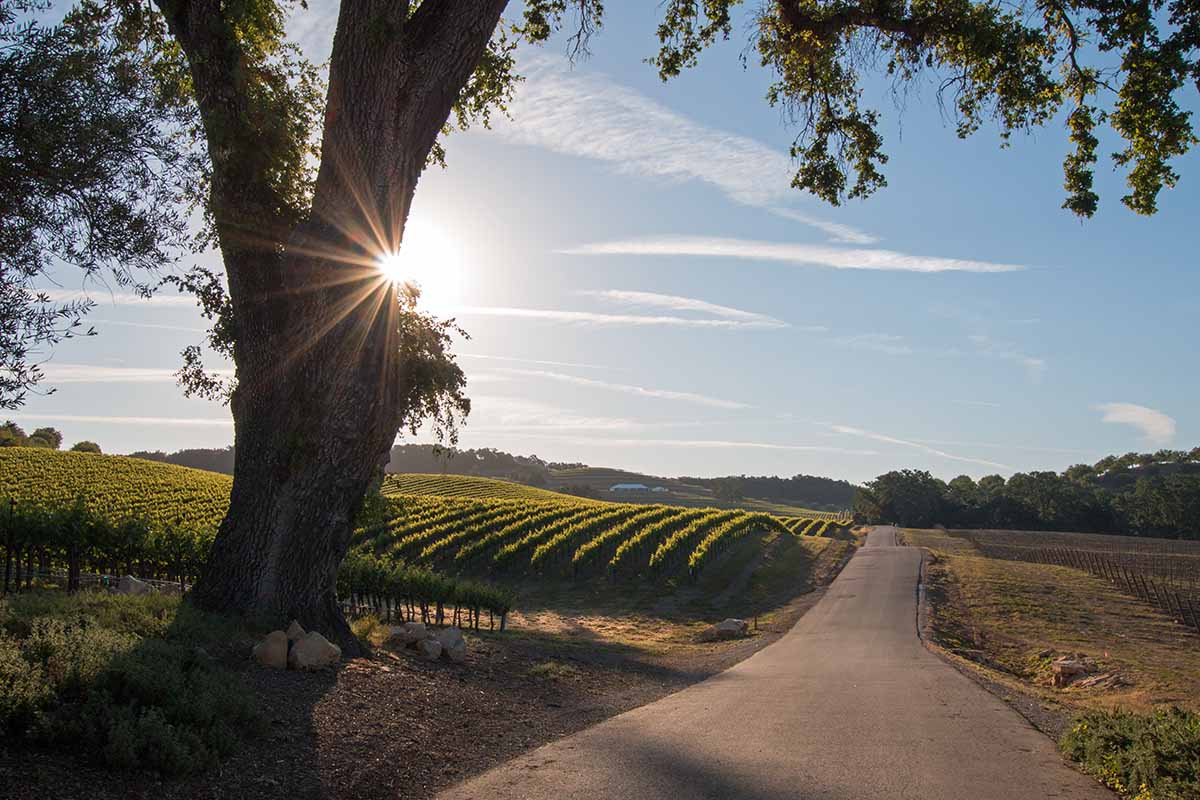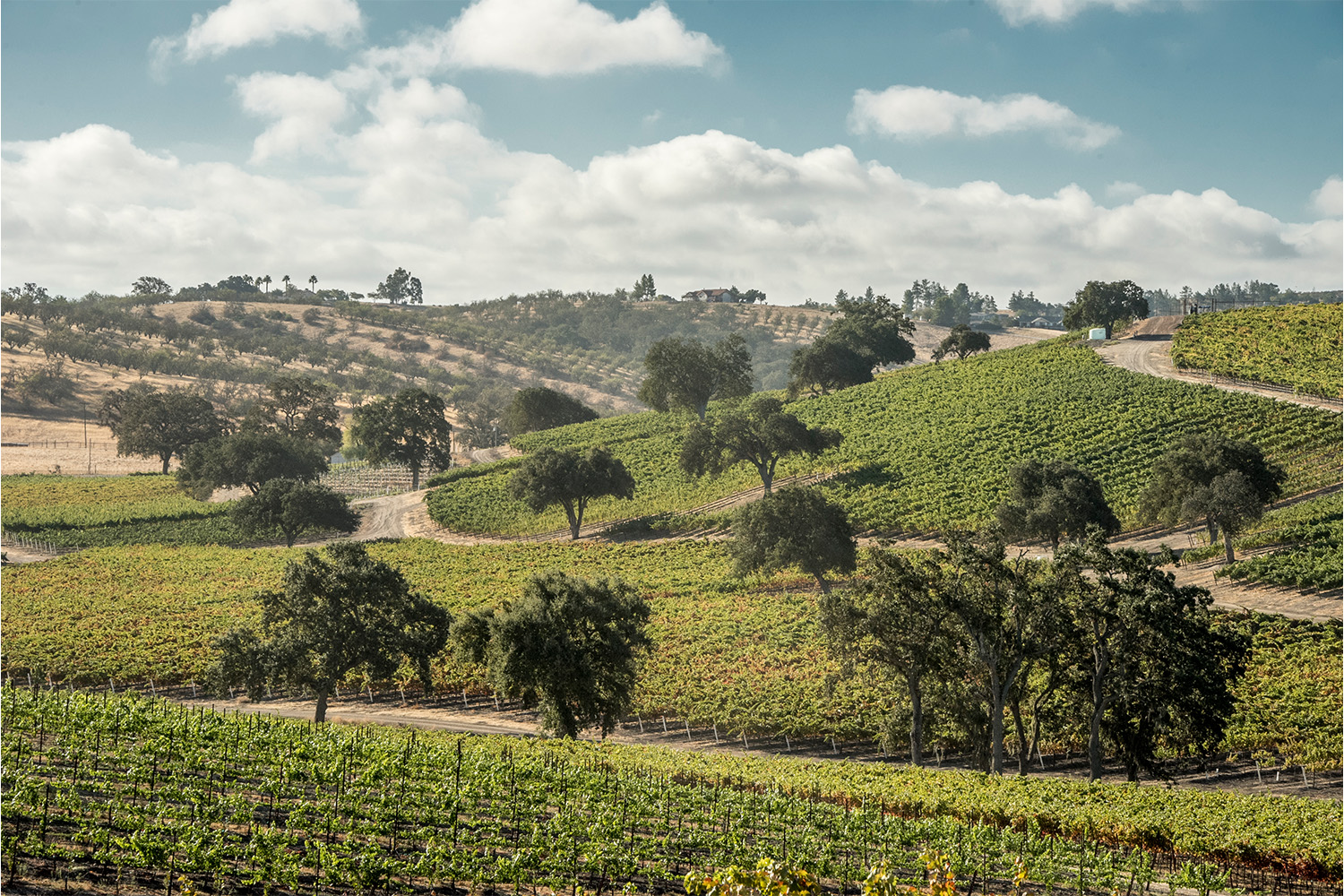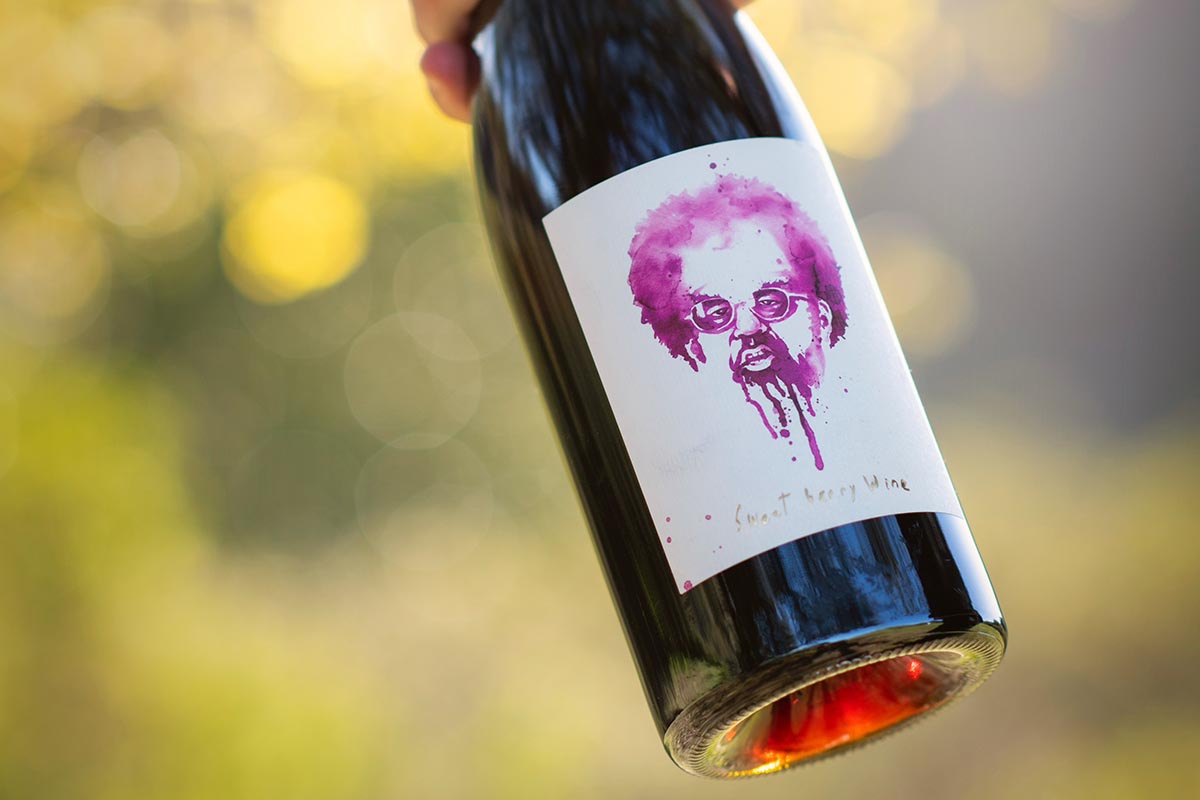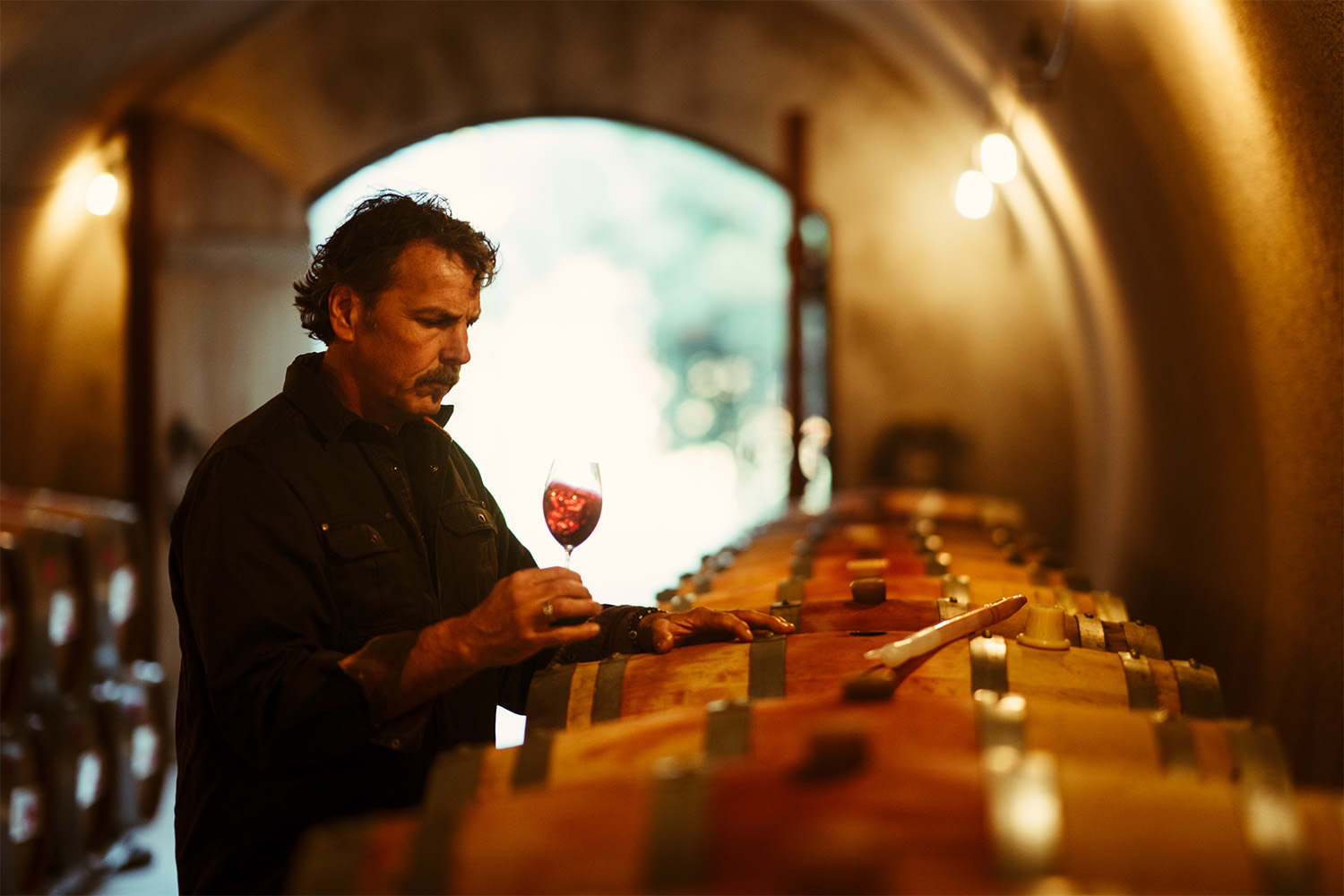There’s something kind of wild and frontier-like about California’s Paso Robles wine region. Positioned on the Central Coast of the Golden State, just about halfway between San Francisco and Los Angeles, its glorious, undulating, wide-open spaces are dotted with swathes of oak trees (its name translates to “pass of the oaks”), olive and walnut trees, horses and cattle ranches — and, of course, vineyards. Lots and lots of vineyards.
“Unlike the ‘gentlemen farmers’ found in some other wine regions, Paso Robles — by far the largest AVA within San Luis Obispo County — is home to multigenerational farming families, and large cattle ranches that sit alongside fertile vineyards,” write Mike DeSimone and Jeff Jenssen in their seminal book, Wines of California. But there’s no shortage of pioneering spirit here, too, lending itself to a region rich with a distinctive flavor all its own, no Napa comparisons needed.
At the latest count, Paso has about 41,000 acres or so under vine, all benefitting from its swathe of water-retaining, mineral-rich limestone soils mixed with a glorious patchwork-quilt’s worth of geological diversity, thanks to glacial activity and an ancient ocean that rose and eroded, leaving fossilized sea-creature deposits behind and carving out Paso’s undulating terrain at the end of the Miocene Epoch over 5 million years ago.
Today, its modern influences come from mountains (Santa Lucia and La Panza), the ocean (Pacific), a river (Salinas), the wind (the Templeton Gap) and California’s calling card: Super sunny weather. Add to that the greatest diurnal swing of any region in all of California (that is, really cool night temps providing a just-right ripening balance to the super warm days), and you have lightning in a bottle for reds that possess both power and elegance.
The American Viticultural Area (AVA) was established back in 1983, and since then has grown to include 11 smaller, super dialed-in viticultural areas within the overarching Paso Robles wine designation, highlighting unique differences in terroir east to west, north to south. Once a purely bulk workhorse of a wine region, its similarity to France’s storied southern Rhone buoyed successful planting and exploration of that crux of a combo, GSM (Grenache-Syrah-Mourvedre) in the 1980s, along with a well-founded belief in Bordeaux varietals and unorthodox but breathtaking combos of both. Even Italian and Spanish red grapes like Aglianico and Tempranillo find their gorgeous groove here, too. But even in the biggest, boldest expressions of the above, there’s a tell-tale freshness that runs through them all.
The upshot: Layers of ripe, juicy fruit countered with savory and botanical flavor, bold tannins, and a zip of acidic structure keeping all that meat and might on sturdy scaffolding. Below are nine of the best wines from Paso Robles to experience the best of the region.
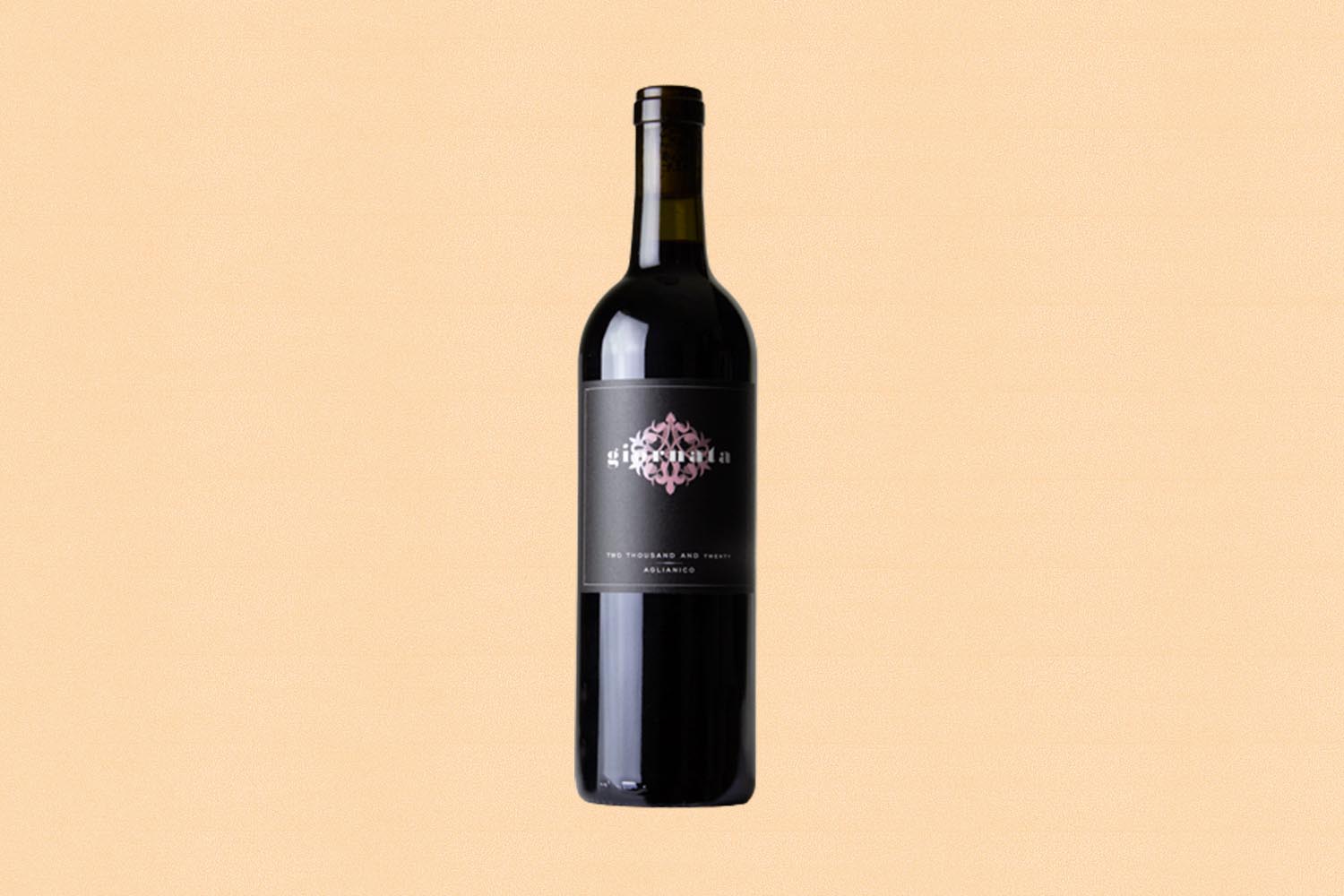
Giornata Wines Aglianico 2020, $40
Based out of Paso Robles garagiste-esque Tin City, small but mighty Giornata Wines is Brian and Stephy Terrizzi’s faithful love letter to Italy. Together, they are a powerhouse of viticultural and winemaking knowledge and passion (who also have a side hustle making excellent durum semolina pasta with their brand, Etto), which manifests in some of the loveliest Italian grape expressions outside of the motherland. And when you taste their Aglianico, sourced from three dialed-in sites within Paso’s storied French Camp Vineyard, it makes you wonder why more winemakers aren’t brave enough to seize this southern Italian grape’s obvious inclination toward the climate and soil here. Via a quick, spontaneous fermentation, Brian teases out the grape’s naturally deep, extracted color, gorgeously botanical Paso-scape aromatics of violets and velvety sage leaf, along with juicy, sticky, sumptuous blackberry and blueberry fruit, bold, rockin’ tannins, but with a sprightly wash of acidity that makes this a proper fit for wood-fired sausage pizza or meaty Sunday ragu.
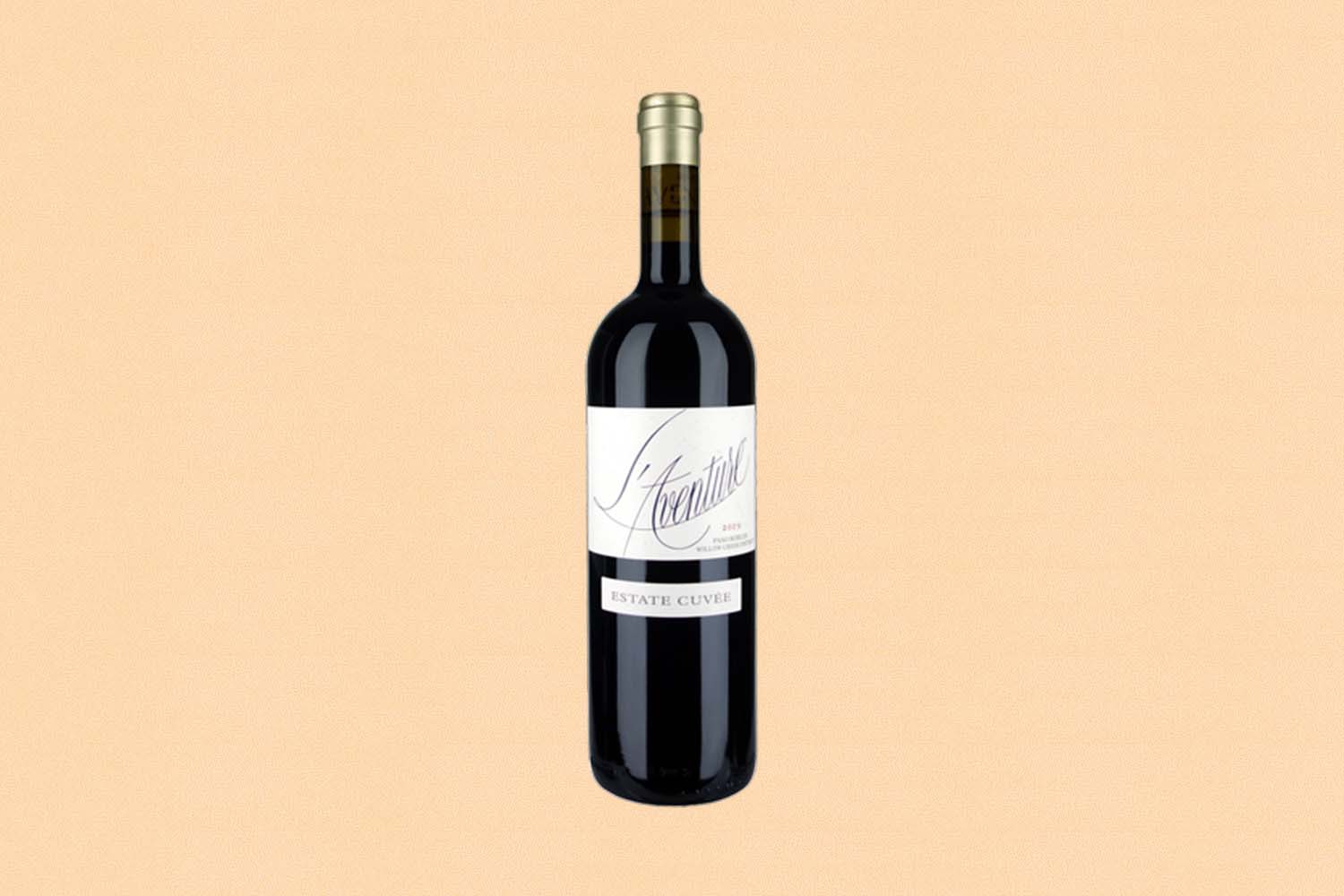
L’Aventure Estate Cuvee 2019, $108
Bordeaux-born Stephan Asseo moves like a bumble bee around his winery — intense, hovering one moment, zipping around the next. He is not a man to be hemmed in by restriction, which is exactly what drove him to uproot his family, leave their native France and land in Paso back in the late ‘90s. His intuitive, broad-thinking style of winemaking continues today with his estate-sourced wines, some now fermented and aged in amphora casks and cement cones, as well as his deft hand with French oak. “We’re not looking for oak as a personality point, or to wrestle with the fruit,” says his daughter and general manager, Chloe Asseo-Fabre, “It should support it.” And indeed it does in this stunning blend of 50% Syrah, 40% Cabernet Sauvignon and 15% Petit Verdot. The nose veers toward savory and earthy, reminiscent of shitake mushrooms, sage and rosemary, but explodes on the palate with layers of dense but fresh blackberry fruit, juicy, snappy, fennel, dense licorice and a persistent, tight tannic structure.
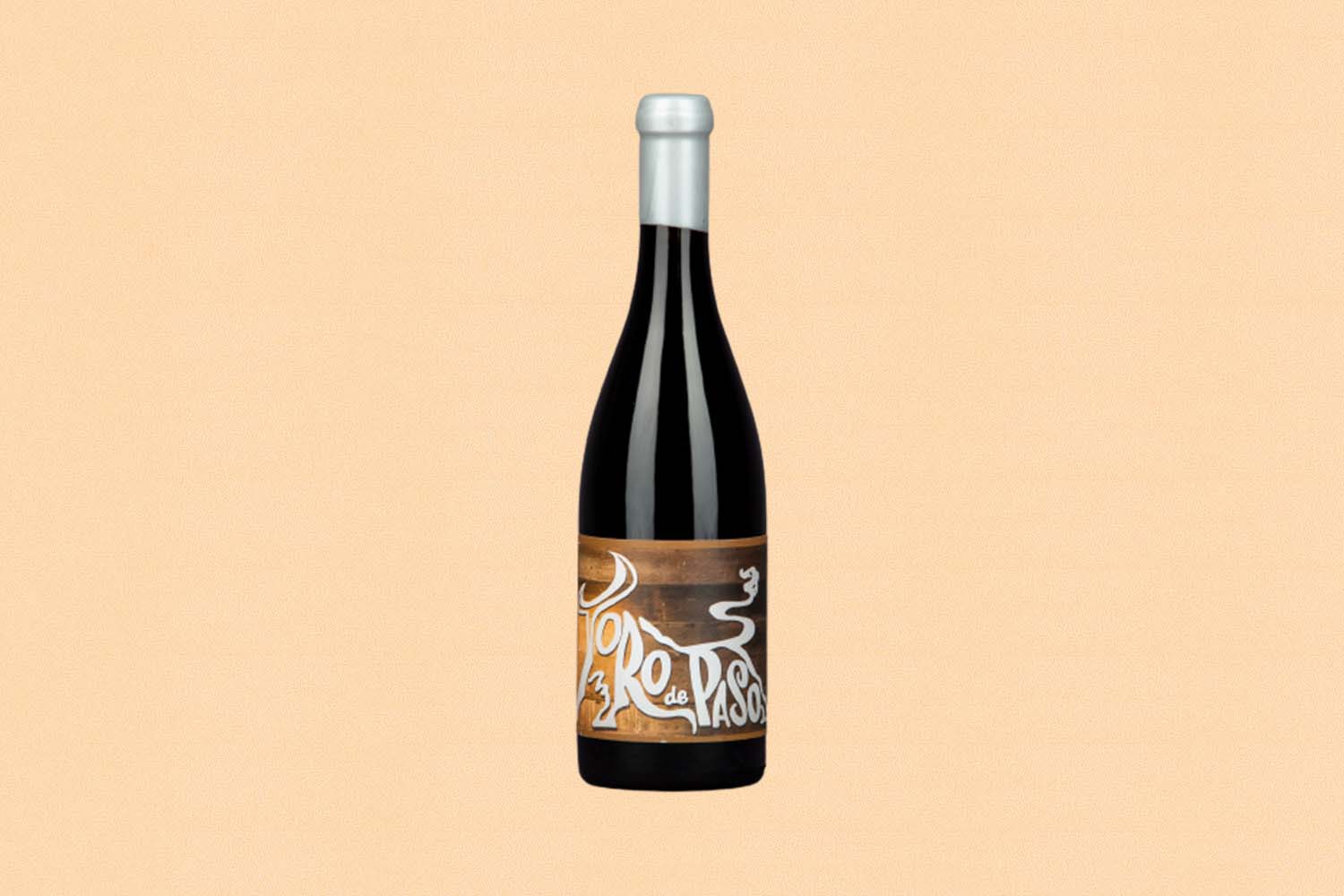
Bodega de Edgar “Toro de Paso” 2019, $65
Owner and winemaker Edgar Torres may have been born in Mexico and raised in Cambria, CA, but his inspiration comes from Spain — and if you’re a fan of the muscled, mighty wines of Priorat, Torres needs to be on your radar. Here, this combination of 83% Tempranillo and 17% Grenache from the Willow Creek AVA undergo natural fermentation, a third of which was whole cluster, and then sits on its skins for a minimum of two weeks, extracting a gorgeous, opaque violet hue and dense, dark fruit. It smells of jammy sour cherries and licorice, which morph into a bramble patch of ripe raspberries, cocoa, tea and tight, sweet tannins.
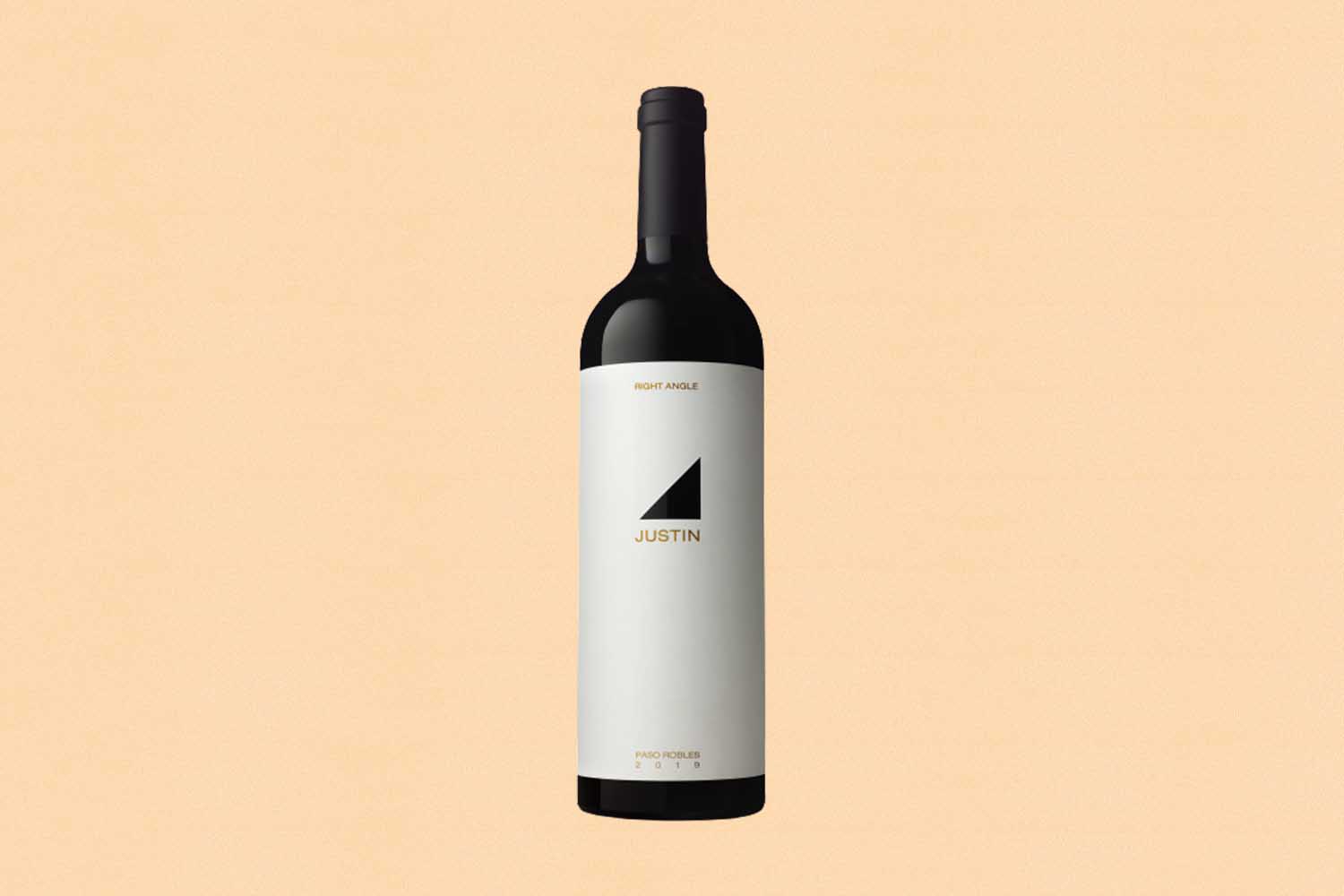
Justin “Right Angle” 2019, $40
This melding of classic Bordeaux and Rhone grape varieties — for the 2019 vintage, a blend of Cabernet Sauvignon, Malbec, Petite Sirah and Petit Verdot — is a playful side-step from Justin’s Bordeaux-leaning roots, first planted in 1981. Winemaker Scott Shirley’s deft hand and complementary barrel programming (all American oak here for 18 months, with a just-right quarter of it new) teases out full, extracted plum and black cherry fruit, boosted by notes of cocoa, espresso, licorice and vanilla bean. It manages to come off as both concentrated and focused but not overly weighty, and wonderfully juicy.
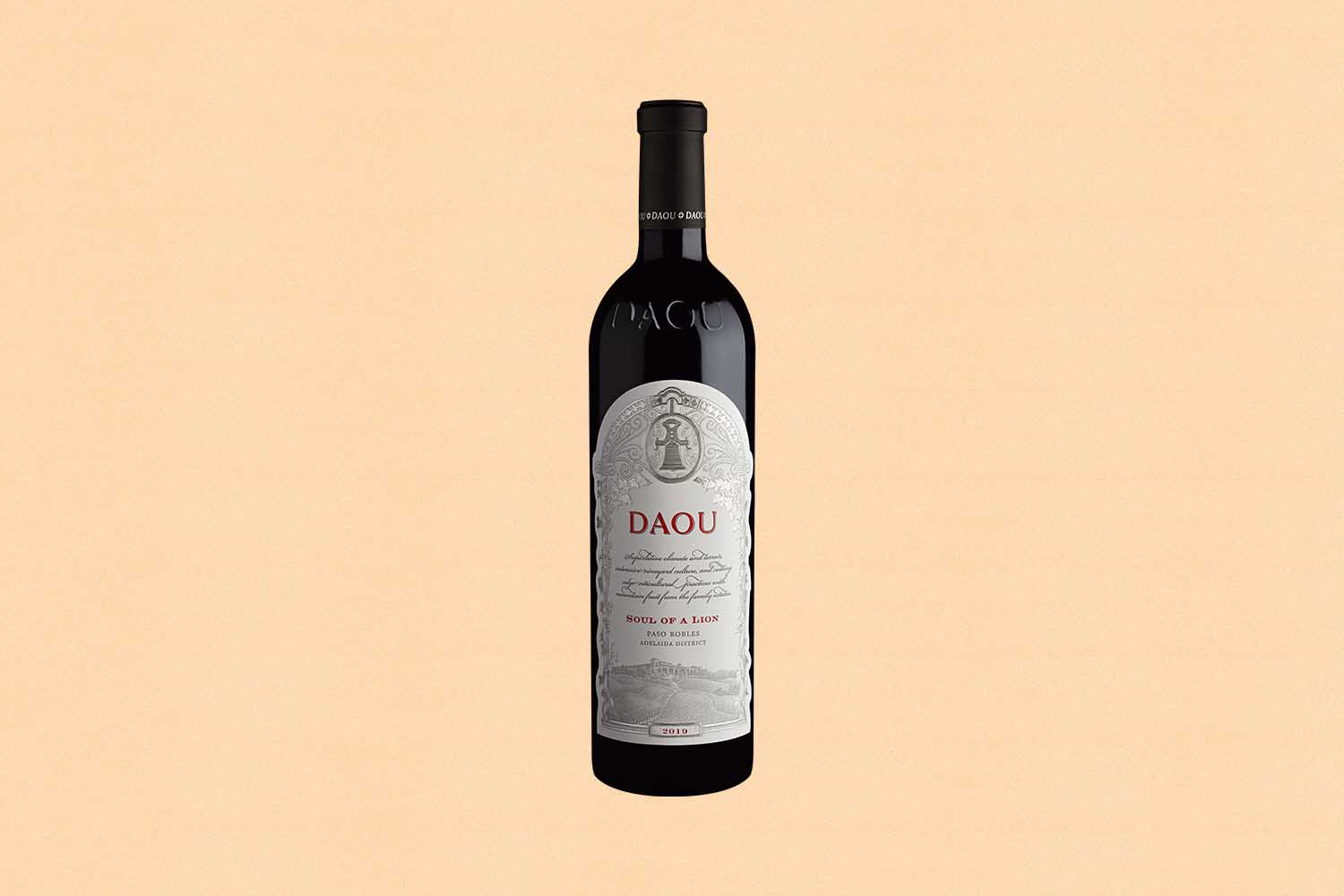
Daou “Soul of a Lion” 2019, $170
When Daniel and George Daou were growing up in the suburbs of Beirut, civil war broke out in Lebanon. A missile landed in front of their family home, badly wounding the brothers and their two sisters, and forcing their parents to uproot the family and flee to France. Years later, big brother George struck out to find a tech-based fortune in California, and the family followed. But a passion for wine fostered in France followed them west. Their estate wines, sourced from the dizzying hills of what is now known as Daou Mountain — the site of one of the original Paso wineries, Hoffman Mountain Ranch — are as epic as their family story. The 100% Cabernet Sauvignon Soul of a Lion is the perfect place to begin to understand the family’s passion and persistence. Not because it is anywhere near an entry-level wine — quite the contrary. The Daous have been primary in pushing the envelope on what the Paso AVA can and should fetch on the market with powerful wines meant to hang in there for the long haul. Case in point: Even in its current youthful state, the dense, opaque 2019 vintage of Soul of a Lion offers aromas and flavors of tiny dried raspberries, perfectly ripe blackberries and that telltale lavender/sage punch of Paso, with just a whisper of eucalyptus. On the palate, a savoriness reveals itself with notes of licorice, dried porcini mushrooms and a jet stream of juicy acidity that keeps the dense, tight fruit and well-integrated tannic structure aloft and balanced.
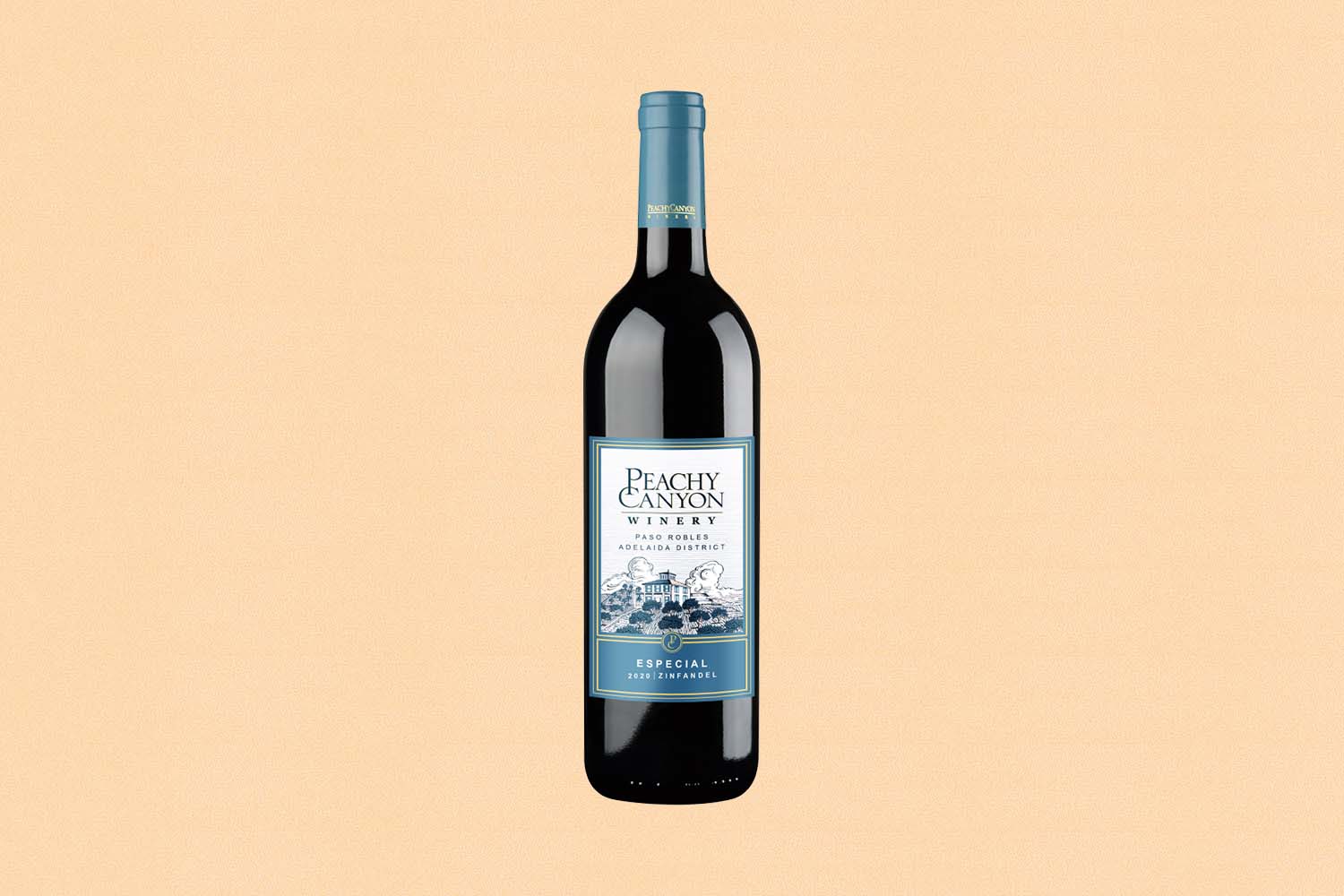
Peachy Canyon “Especial” Zinfandel 2020, $45
While wine grapes were introduced into the area in the late 18th century, it would take another 60 years before the Zinfandel grape would plant a permanent flag in the middle of the next century. In Paso, though, it was thanks to Polish statesman and concert pianist Ignace Paderewski — who bought a couple of thousand acres and planted Petit Sirah and Zinfandel in what would become the Adelaida AVA — that it became a staple here, too. Peachy Canyon in Templeton has been devoted to the grape since this family-owned winery formed in the late ‘80s, and their dry-farmed, single-vineyard “Especial” shows off the grape’s propensity to be at once dense and rich in flavor, and yet entirely light on its feet. Notes of red raspberry, red plums, rose petals and wild, sweet mint follow through on the palate, along with grippy but easy sweet tannins. Sticky, coffee-rubbed grilled pork ribs couldn’t have a better dance partner.
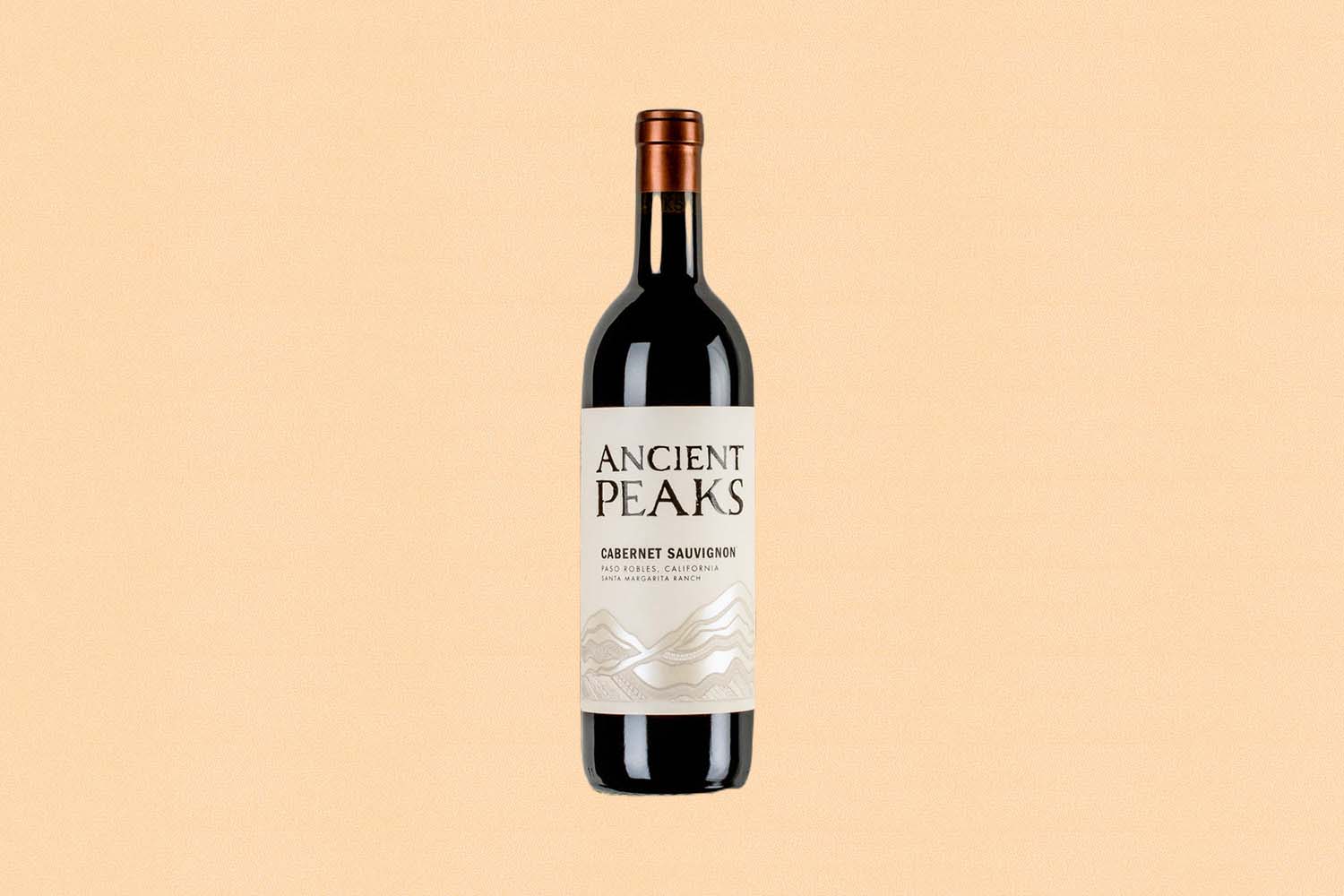
Ancient Peaks Cabernet Sauvignon, Santa Margarita Ranch 2018, $25
The elegance achieved in this stunning Cabernet Sauvignon is indeed a tribute to winemaker Stewart Cameron, but also to the land that these grapes are grown on in the foothills of the Santa Lucia Mountains, in soils rife with marine fossils, volcanic rock and shale, so special they are contained in their own Santa Margarita Ranch AVA within Paso. Its finger-staining, extracted ruby hue may appear a little mysterious and brooding, but the generosity of aromatics and flavor reveals a wine that wants to be known and shared — especially at this price point. Merlot, Petite Sirah, Cabernet Franc, and Petit Verdot round out this estate-grown 79% Cabernet Sauvignon. And while it’s pretty much a gulp-able homerun with a really excellent, medium-rare burger, take a moment to enjoy its aromas of hibiscus and geranium, ripe blackberries and raspberries, and juicy, mouth-filling flavors of blackberry, black plum, a whisper of dark-roasted espresso, and sweet but drying tannins.
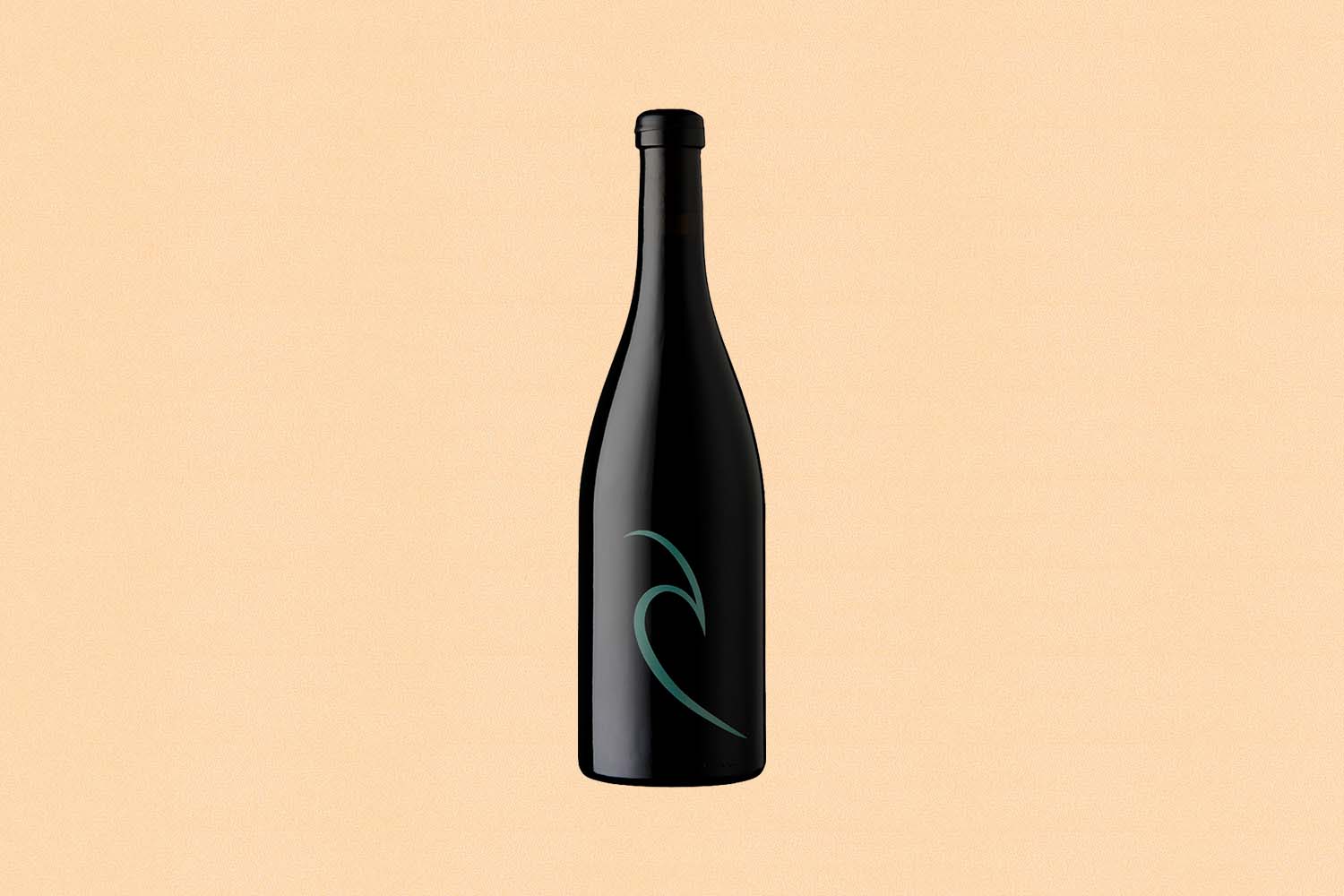
Aaron Wines “Trespasser” 2019, $52
Trespasser, indeed — if this is what it means to loiter in southern Rhone territory, winemaker Aaron Jackson should keep on mining for inspiration there. It’s really a dead-ringer for the wild floral and garigue aromatics of Minervois, which lies just south and west of that region in the Languedoc-Roussillon AOC, sharing some of the same successful varieties as the southern Rhone. Made up of 54% Petit Sirah, 28% Mourvedre and 18% Syrah, the tannic structure of this 15.4% ABV bottling is tight and chewy, and the mouthfeel dense and slippery, but with wonderful lifting acidity and flavors of concentrated juicy blueberries, ripe red plum and dark chocolate.
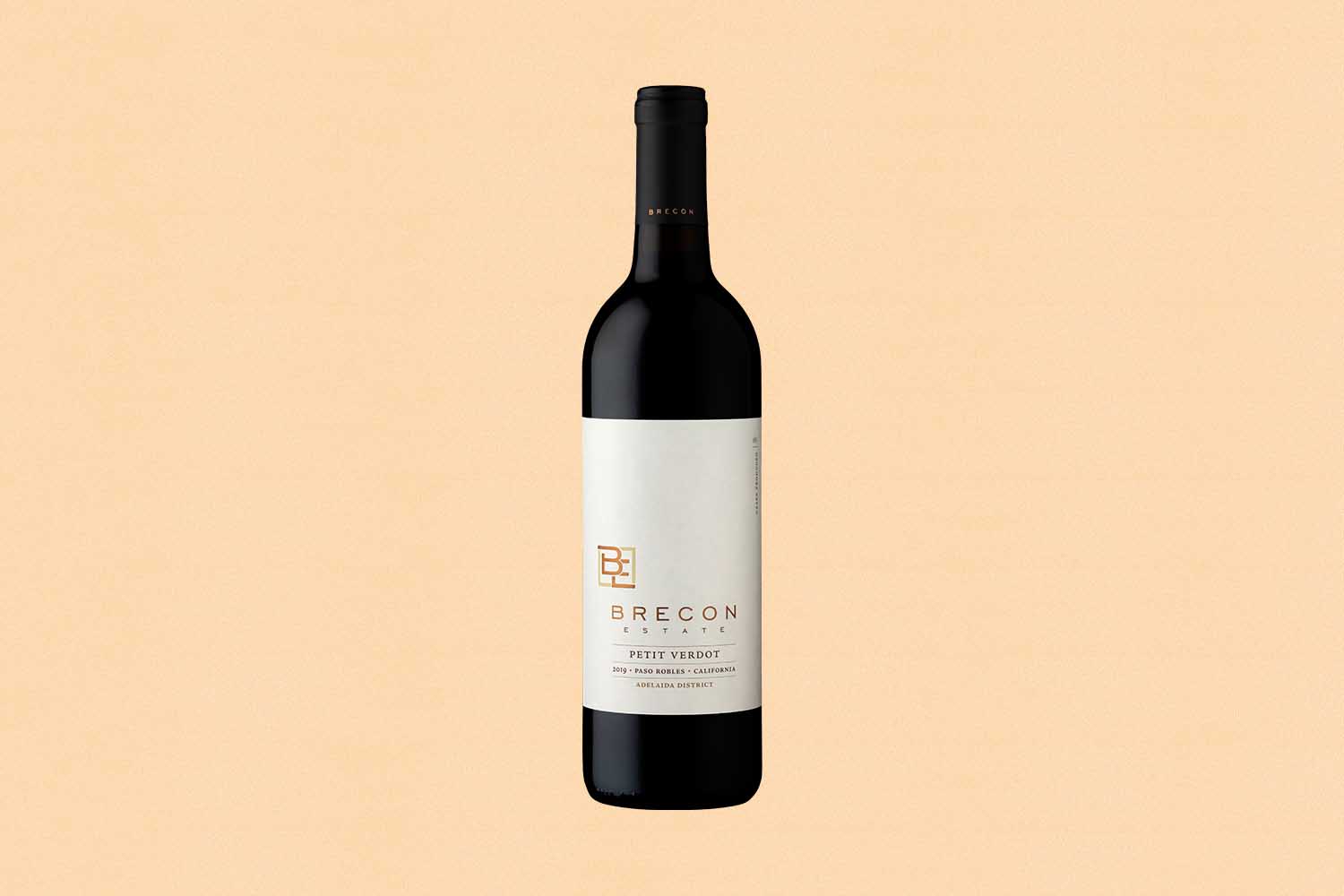
Brecon Estate Petit Verdot 2019, $69
In the northwestern section of Paso is the Adelaida District AVA, where the first commercial Paso winery kicked off in the 1960s, as a visionary project headed by famed winemaker Andre Tchelistcheff. Brecon’s single-vineyard, sustainably farmed Petit Verdot is rife with aromas of fat, juicy summer black plums, lilac laced with a little bit of smokiness and something akin to a hot river rock baking in the sun just after it’s saturated by a cooling downpour. Which sounds like an awful lot of stuff going on for one little grape, but that’s what the soils and weather here do to this Bordeaux understudy, known in its ancestral area as a blending grape for its deep, penetrating color and pretty aromatics. But here? It’s a star all on its own filling your mouth with plush, silky texture and flavors of fresh and dried black fig and a dusting of cocoa powder and dried vanilla bean.
Every Thursday, our resident experts see to it that you’re up to date on the latest from the world of drinks. Trend reports, bottle reviews, cocktail recipes and more. Sign up for THE SPILL now.
